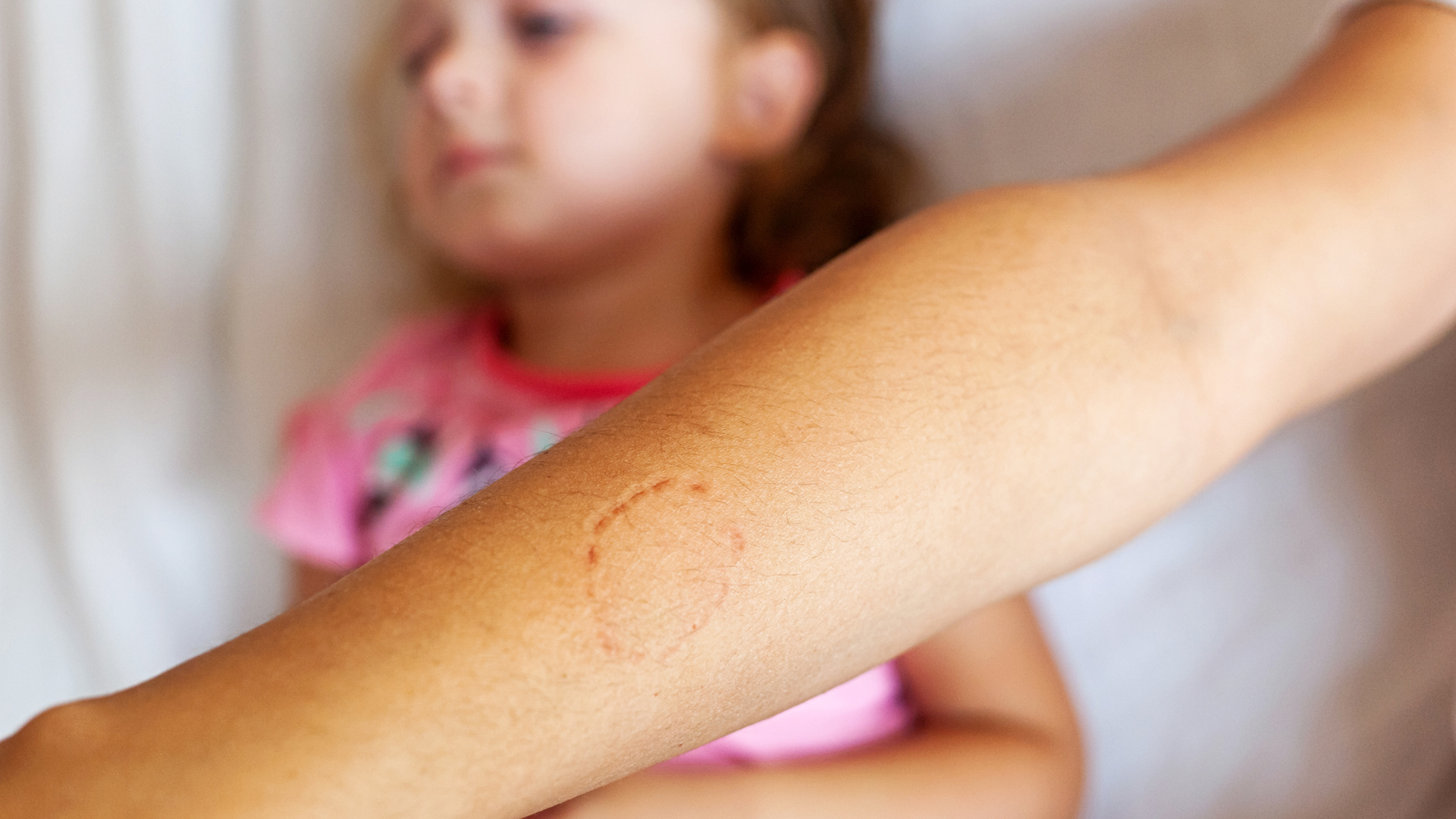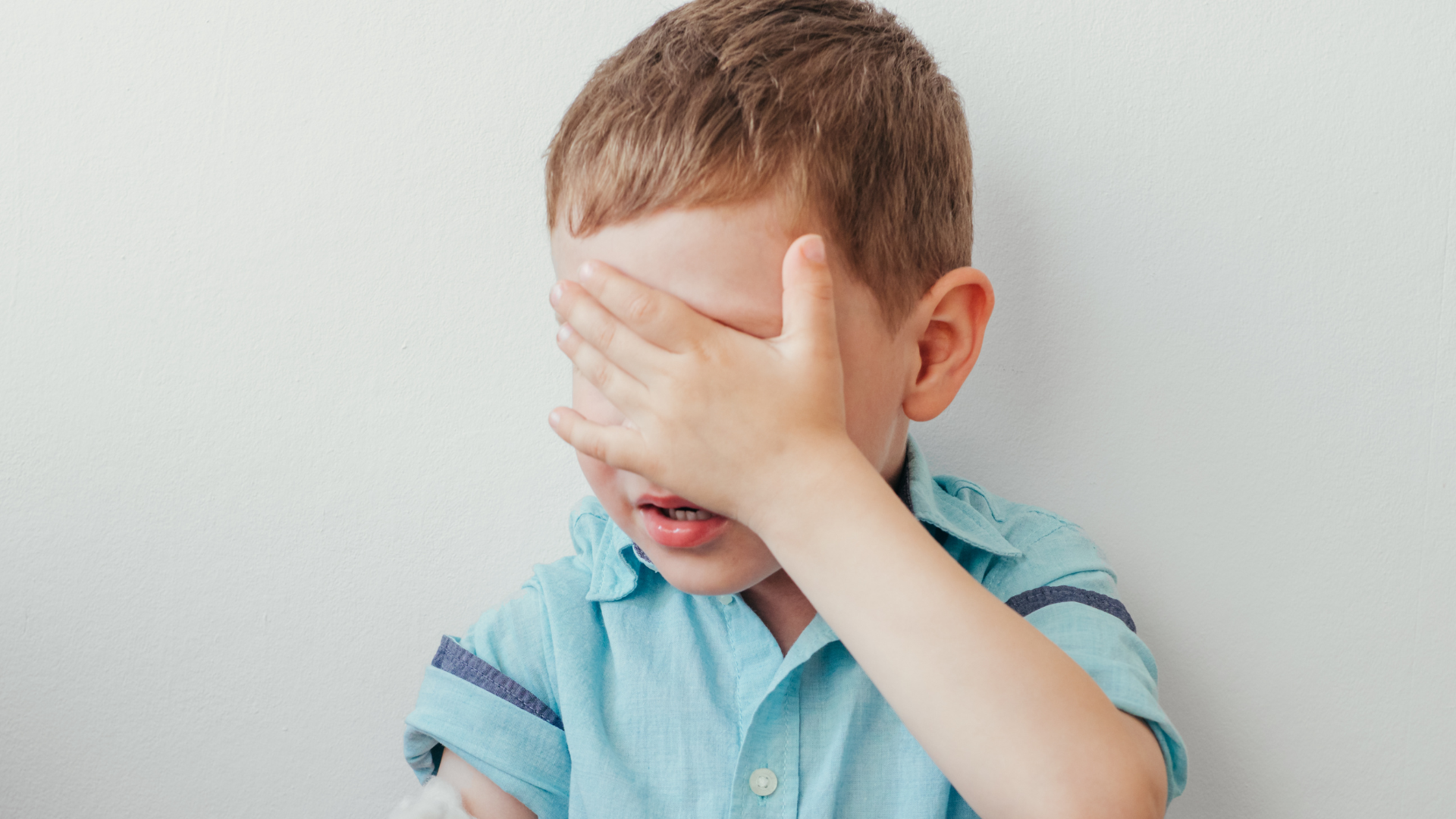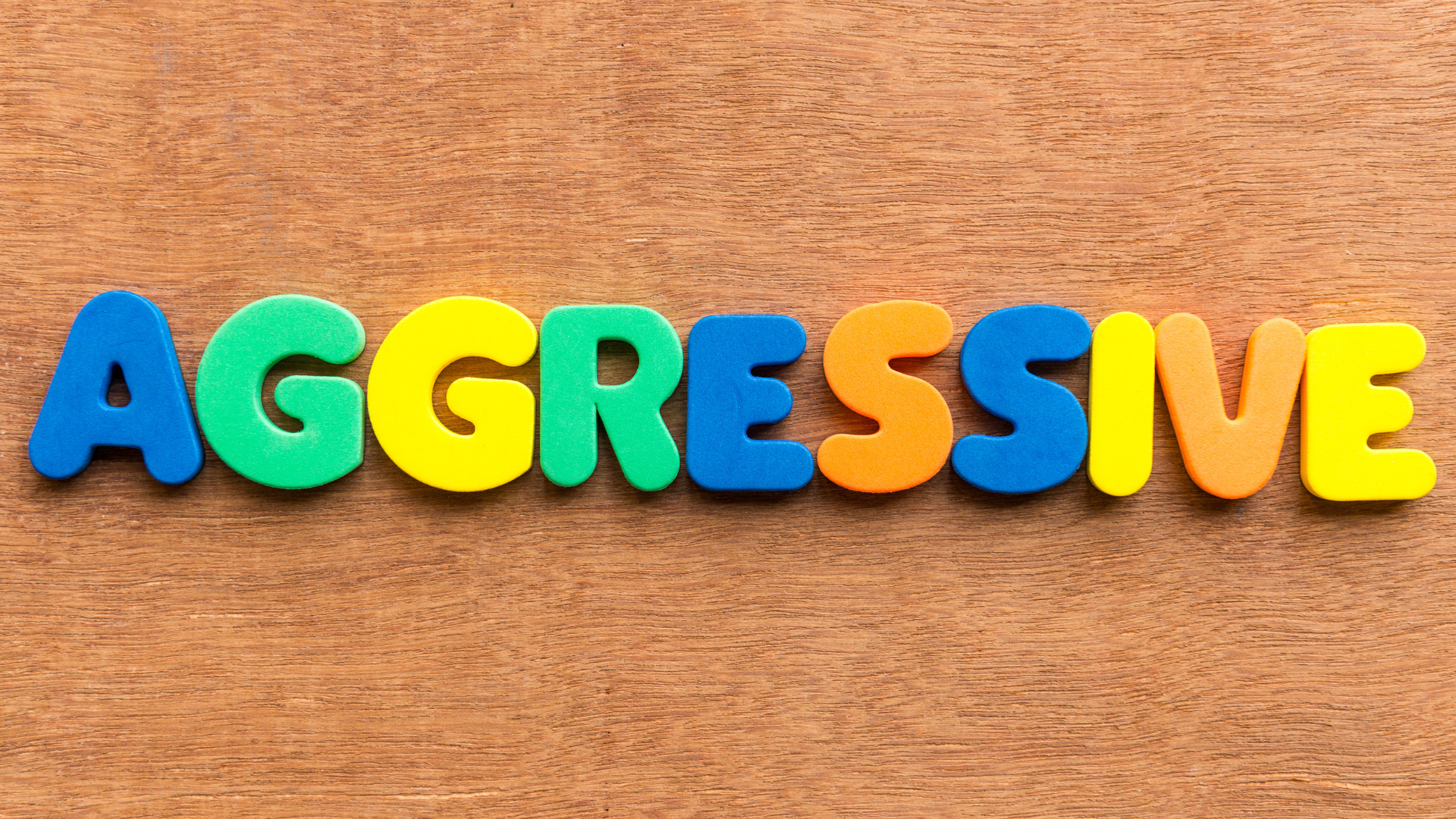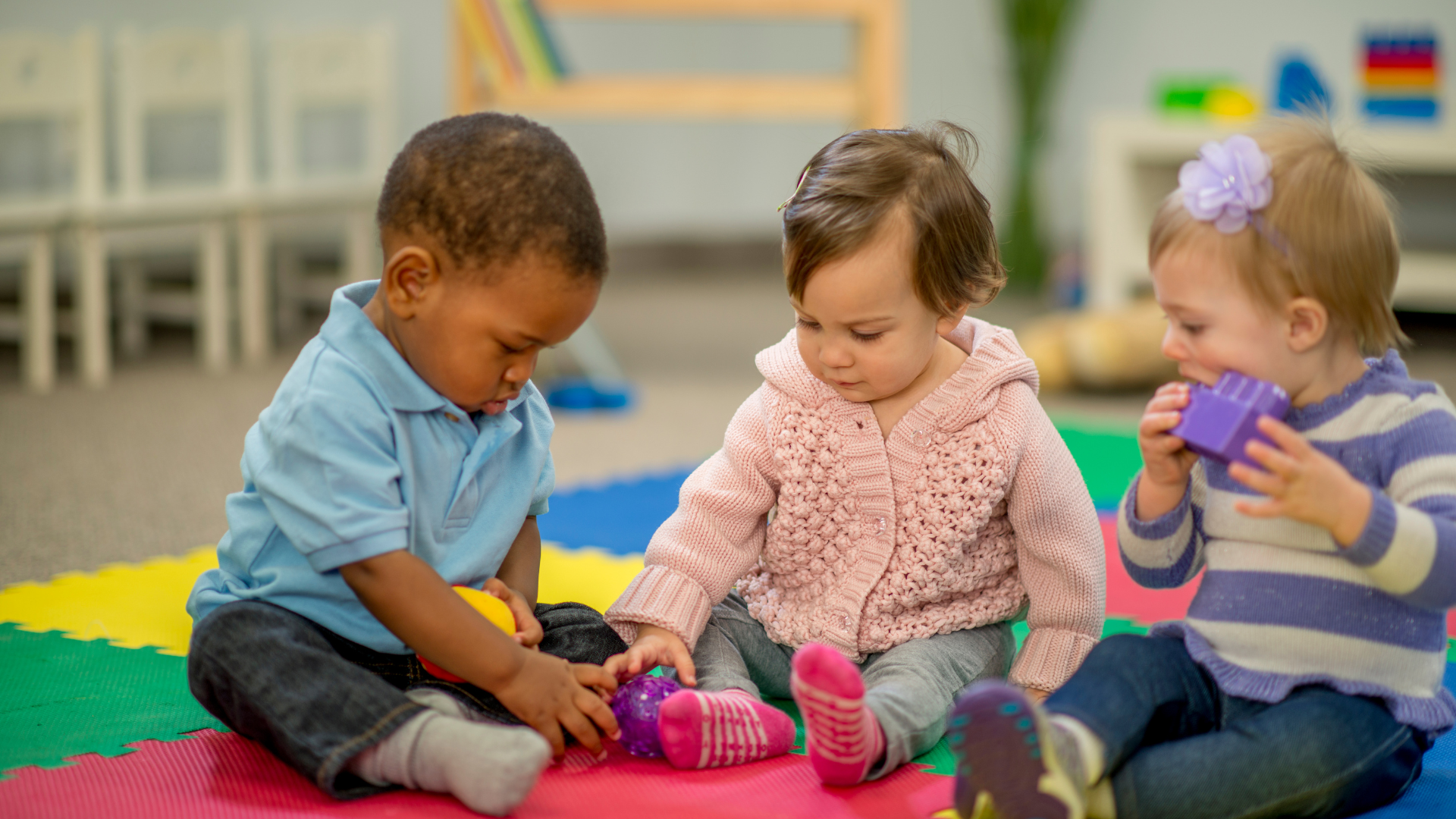Handling Biting in Preschool: Practical Tips for Parents

Biting is a common yet challenging behavior among preschool-aged children. While it can be distressing for parents, caregivers, and other children, it’s important to understand that biting is often a developmental phase. For young children who are still learning to express themselves verbally, biting can be a way of communicating frustration, seeking attention, or exploring their environment.
With patience, understanding, and consistent strategies, parents can help their child move past this behavior while fostering emotional growth and social skills.
Why Do Preschoolers Bite?
- Limited Communication Skills:
Children who are not yet proficient in verbal expression may resort to biting to convey feelings like frustration, excitement, or anger. - Emotional Overload:
Big emotions can be overwhelming for young children, and biting can be an impulsive response to feeling out of control. - Exploration and Sensory Seeking:
Some children bite out of curiosity or to explore textures with their mouths, especially during the teething phase. - Attention-Seeking Behavior:
If a child feels overlooked, biting may become a way to draw attention, even if it results in negative reactions.
Tips for Dealing with Biting
- Stay Calm:
Reacting with anger or panic can escalate the situation. Instead, stay composed and address the behavior firmly but calmly. - Set Clear Boundaries:
Teach children that biting hurts others and is unacceptable. Use simple language like, “Biting is not okay. It hurts people.” - Identify Triggers:
Observe when and why the biting happens. Is it during transitions, when the child is tired, or in response to conflict? Understanding the cause can help you address the root issue. - Teach Alternatives:
Offer children better ways to express themselves. For instance: - Encourage them to use words like “I’m mad” or “I need help.”
- Provide safe objects like chewable toys if they need sensory input.
- Reward Positive Behavior:
Reinforce non-aggressive ways of communicating with praise. For example, say, “I’m so proud of you for using your words when you were upset.” - Monitor and Redirect:
If you notice signs that a child is about to bite, intervene quickly. Redirect their attention to a toy, activity, or calming strategy. - Foster Empathy:
Help children understand how biting affects others. For example, “Look, your friend is sad because biting hurt them.” - Involve Caregivers and Teachers:
Work collaboratively with teachers or daycare providers to ensure consistent responses to biting. Consistency across environments reinforces the message.
Preventative Measures
- Provide Structure: Predictable routines and clear expectations help children feel secure, reducing stress-related behaviors like biting.
- Encourage Communication: Teach preschoolers to name their feelings and ask for help when they’re overwhelmed.
- Offer Choices: Giving children options in everyday decisions (e.g., “Do you want to play blocks or color?”) can reduce frustration.
The Bigger Picture: Emotional Development
Biting is often a sign that a child is navigating big emotions or unmet needs. By addressing the behavior with empathy and consistency, parents can turn this challenging phase into an opportunity to teach emotional intelligence and problem-solving skills.
If you’re looking for additional tools and expert guidance, consider enrolling your child in the EQ4Kids Programme. This program provides valuable resources to help children develop emotional intelligence, improve communication, and manage challenging behaviors like biting. Equip your child with the skills they need to thrive socially and emotionally—starting today!
Share Post
Complete the following form if you require more info about EQ4kids or want to enroll your child at your nearest Franchise.
Blog Enquiry









